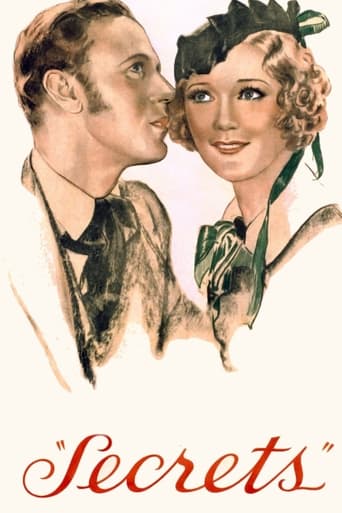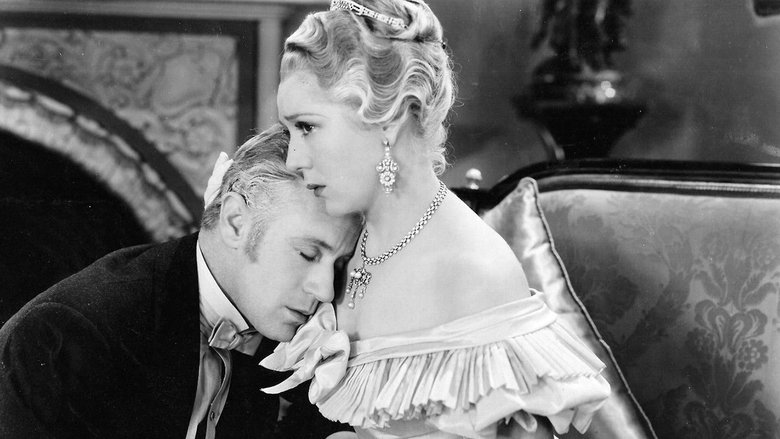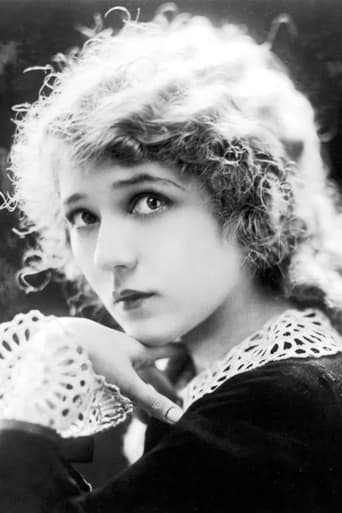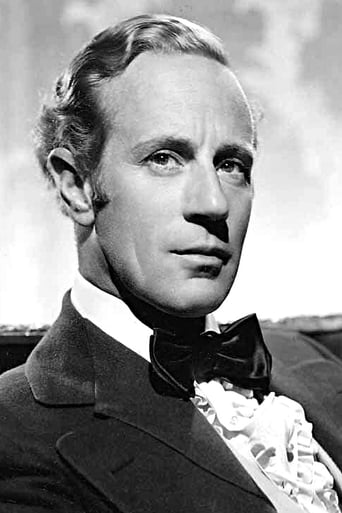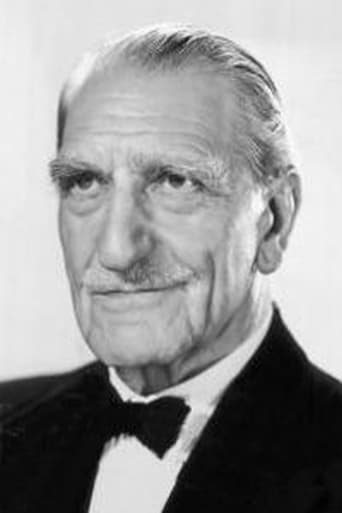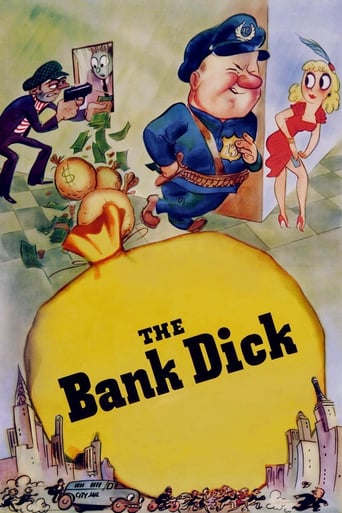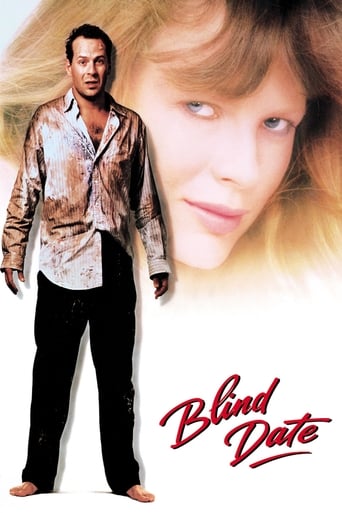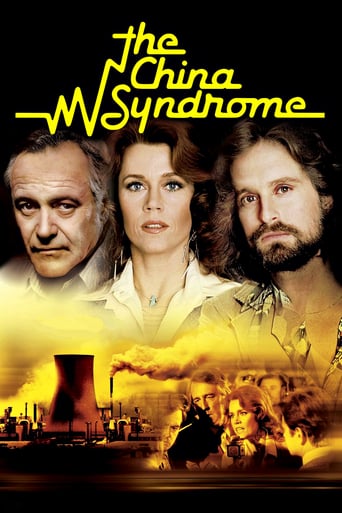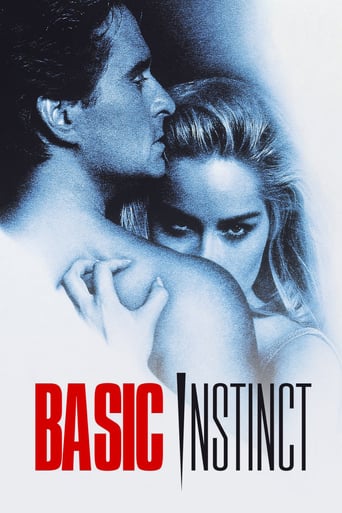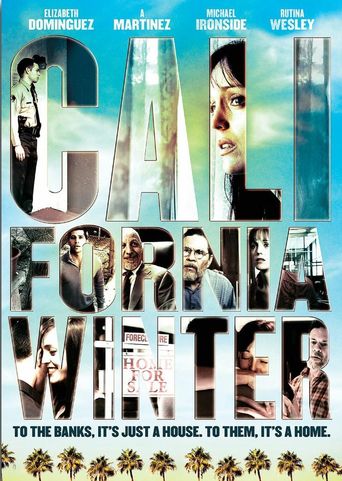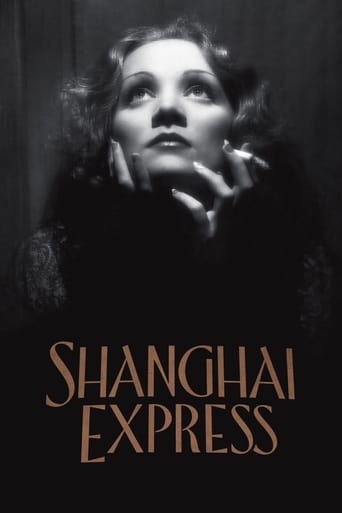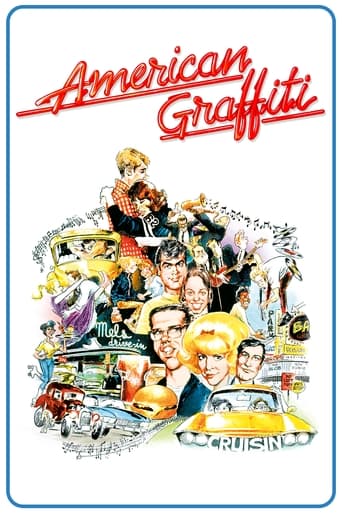Secrets (1933)
In the 1860s, Mary Marlowe defies her father's wishes to marry a British lord and runs away with clerk John Carlton as he heads West to make his fortune. Mary and John endure the difficult journey and settle into a small cabin, then face the hostilities of a cattle rustling gang, as well as the tragic loss of their only son. With Mary's help, John defeats the gang, which propels him to political power that, over the years, gradually erodes the once-happy marriage.
Watch Trailer
Cast


Similar titles
Reviews
Although it wasn't planned that way at the time, Secrets (1933) turned out to be Mary Pickford's last film. An odd choice for her, since the male role is the main one. Although not a total write-off, the film's more than a bit disappointing. Most movies adapted from stage plays do their best to disguise that fact. This one doesn't! The action falls into three very distinct Acts. The first is played mainly for comedy with Leslie Howard (of all people) enacting a clownish young man on an idiotic penny farthing bicycle - and playing it most unconvincingly. I suspect that Marshal Neilan directed most of this rubbish before producer Pickford woke up to his incompetence and fired him. His replacement, Frank Borzage handled the night garden scene with pictorial finesse, but didn't do much with the rest of the movie, although the Second Act turned out as actually the most interesting of the three. It's a western, would you believe, with Leslie Howard as a gunslinger? He's more convincing than you might expect, but we have to wait for Act Three before we encounter really charismatic acting - and it doesn't come from either the stars or the main support players, but from Mona Maris who plays her one scene with presence and style. The aim of the stage play was obviously to show the main male character through three stages of his life - young, unsure romantic, then reluctant hero, and finally discredited heel. This sort of stagey device can work well in a theater where the Acts are conspicuously separated by long Intervals while the stage-hands change the set. In a movie, where the Acts are divided by no more than an insert title, the device seems both jarring and artificial - here especially as neither Howard nor Pickford can muster enough gusto to bring it off. No wonder Pickford never returned to the screen! You might have the main role, but even an incompetent male lead - or a really jazzy also-in-the-cast whom the director, the photographer and the dress designer wish to indulge - can muscle you right off the screen and put you in the shadows!
Pickford's screen swan song is her best talkie, admittedly not a high bar, that moves at breakneck speed through its tale of the romance, marriage, struggles and ultimate success of its main couple. It crams too much into its 83 minute running time but as early sound films go it's not bad.At 42 she's unconvincing as a young belle at the beginning of the film but after about ten minutes she's out of that guise and from then on her performance is quite good. Unsurprisingly her strongest moments, as well as the film's, are the one's without dialog. It gives a peek at why she was one of the queens of silents and it seems regretful that just as she was adjusting to sound she chose to withdraw. The film wasn't a hit on release and Mary, nothing if not canny, sensed that though the parade had not passed her by as of yet it was just around the corner. So she retired, enormously wealthy and a power broker behind the scenes.
Today ,I'm still wondering how Frank Borzage could make so many wonderful movies for so many years !Think of it!"Secrets" came after "A farewell to the arms" and just before "a man's castle" followed by "no greater glory" and "little man what now?"!And there were plenty of masterpieces in the silent era and there were so many to come afterward.Who can compete with him?I'd like to know! "Secrets" is more of the same : the lovers against the hostile world,two lovers who will "see it through for their love is true".It is composed of three parts ,apparently disparate ,but when the movie is over ,you feel it's a seamless whole ,mainly after the old folks want to be alone to share their secrets .First part displays echoes of Romeo and Juliet ,complete with ladder ,a bourgeois family and a romantic escape;in the second part ,Borzage shows us the heroine in a less comfortable house where drama gives way to tragedy:this scene in which Mary Pickford is holding her dead child is one of these heartrending moments which abound in Borzage's canon : other examples can be found in "no greater glory" when they carry the dead little soldier home or in "the mortal storm" ,when James Stewart holds Margaret Sullavan's body or in "young America" this drawing which shows the two boys flying.The last third can seem weaker by comparison but further acquaintance shows this: Borzage had already anticipated the future and its great sagas/serials which appeared in the fifties :and he made this in about 40 minutes whereas the others would take two or three hours.Borzage was certainly equaled,but never surpassed.
This in 1933 was Mary Pickford's last movie though she would not have known it at the time. Historically this is a particularly special movie for Mary's personal life.Mary used this movie to make a statement to her husband Doublas Fairbanks (they were separated at this time and seemingly finished as the intense and deeply passionate couple they were). She at this time was telling Douglas Fairbanks she could forgive his meanderings and in fact the tenor of the whole movie is also about these sorts of choices.Mary was in fact seemingly desperate to get back together with Douglas. I think Mary chose this movie because it spoke to her current marital problems with Fairbanks.Douglas Fairbanks responded to Mary in his last movie in 1934 - appropriately in the role of Don Juan in 'The Private Life of Don Juan'. His response - that he was tired, he needed to rest and to sleep. In real life Douglas Fairbanks in the end couldn't get Mary Pickford out of his heart and made a number of attempts to restart their relationships, but Mary had hardened her heart. And when eventually Mary did relent and decided she couldn't live without Douglas she was a few hours too late. Fairbanks in the end gave up, resolved himself that Mary wouldn't come back and booked himself on an overseas cruise. Mary sent him a message but it was too late, he had already left. And thus it was one of the great and passionate relationships of Hollywood finally died. It should not be under estimated how much these two loved each other. It was something neither got over for the rest of their lives.Secrets was an odd movie that apart from the message it directed at Douglas Fairbanks certainly show cased some of Mary's great skill at comedy and at evoking an emotional response from the audience not to mention the last we got to see some her acting habits that created an attachment between her and the viewer. Mary's acting has always been effortless, always natural with a natural tempo. A study of her movies through the years is a revelation. Lillian Gish always thought Pickford the greatest of all actors.Right from the beginning in 1909 Mary Pickford worked out and stated clearly many times that Stage Acting was NOT the way to act in moving pictures. Pickford pioneered method acting and the skill of silent acting, inventing a new type of acting for film, - where very subtle movements, gestures facial use and so forth had to be used to tell a story and engender emotion. She became the greatest and most skillful silent actor of all time. Revealing also are around 24 newspaper interviews she gave during her early and mid career that showed, that even the very young Mary Pickford made a very careful study of acting for the silver screen and her development of method acting. Even the teenage Pickford took the job extremely seriously. Another thing people viewing this movie must remember about 1933. Sound was still new to film and the film technology for it still very young and the means of recording actors still in it's development stage, sound quality was not very good. In Mary's movie Coquette, her first talkie, sound microphones were stationary. Actors couldn't speak until they were in proper range of the microphone which created all sorts of problems and curiosities in the earliest talkies. They would speak their line, remain silent until the moved to the next designated spot where a fixed mike was and speak their lines and so on. Mary's other talkie Kiki wasn't a success at the time, though now it is thoroughly entertaining and in some parts great fun and one of the funniest comedic dance scenes you will run across in movies.The success of Mary Pickford's talkie movies wasn't about Mary but what the public wanted Mary to do. She went in to totally different and unfamiliar roles. But one has to understand what was going on in Mary's life at this very time. She lost her deepest love and closest friend, her mother, which caused her to cut her hair for the first time every - totally changing her image and to reassess her life. She was devastated. Her other family members sister and brother were also in great troubles through alcoholism and sickness and of course she was having trouble with her husband. On top of this her studio UA needed to put out movies to make some money, this being the Great Depression, and Chaplin wasn't pulling his weight at the time. Pickford was under huge emotional, family and business pressures at this time.Pickford never decided to make this her last movie - it just turned out that way as other business and family pressures kept her too busy and eventually she thought not to bother with it anymore - wrongly thinking that her popularity had gone past its use by date.In this movie the comedic undressing scene bespeaks the effortless grace, timing and organizational skill of Pickford. The death of the baby silent scene fittingly gives us one last glimpse of the great actress.It was a pity that Pickford never returned, she still had much to give and all the skill in the world to apply. Her acting was as good as anybody and probably would have reached its great heights again.The main reason Mary Pickford never made movies again one feels, despite all the other reasons, is the loss of Douglas Fairbanks. If these two had reconciled, rejoined, it is inevitable their great passion and love of life would have seen Mary back in movies, instead this time being a great pioneer of the talking movies. Her career in acting spanned from the age of 5 when she traveled by train day after day, year after year, learning her trade.

